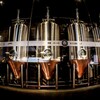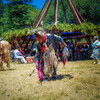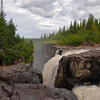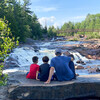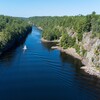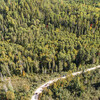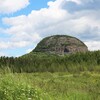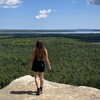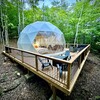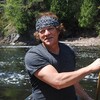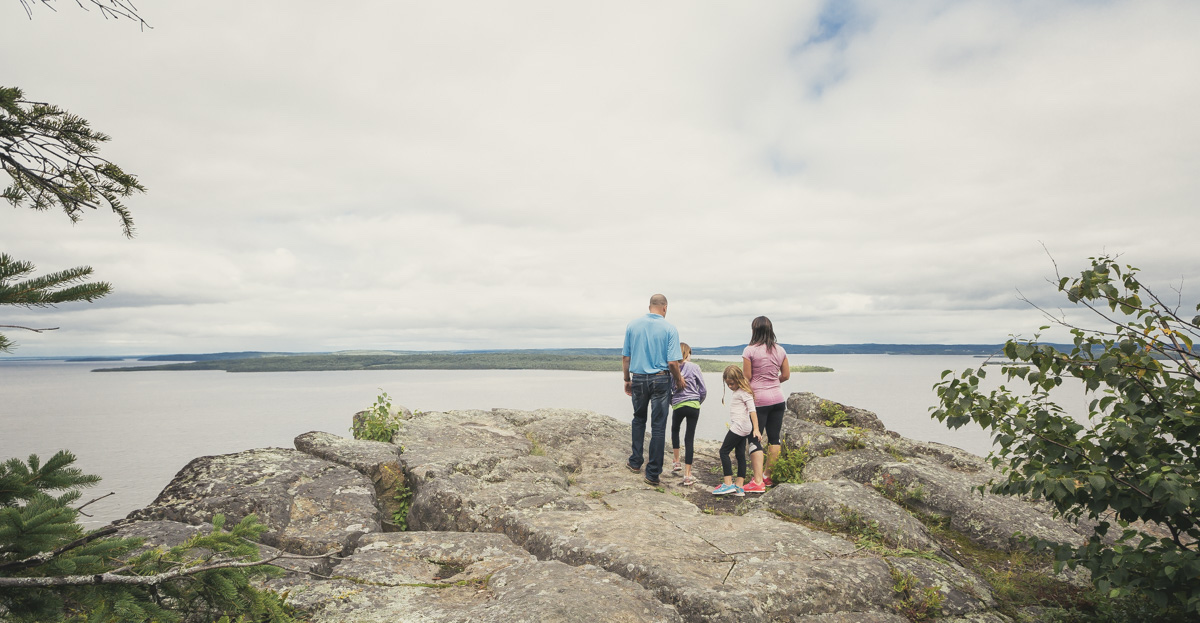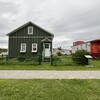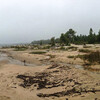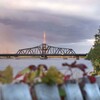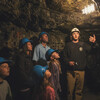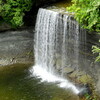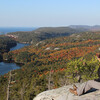
Canoe Country
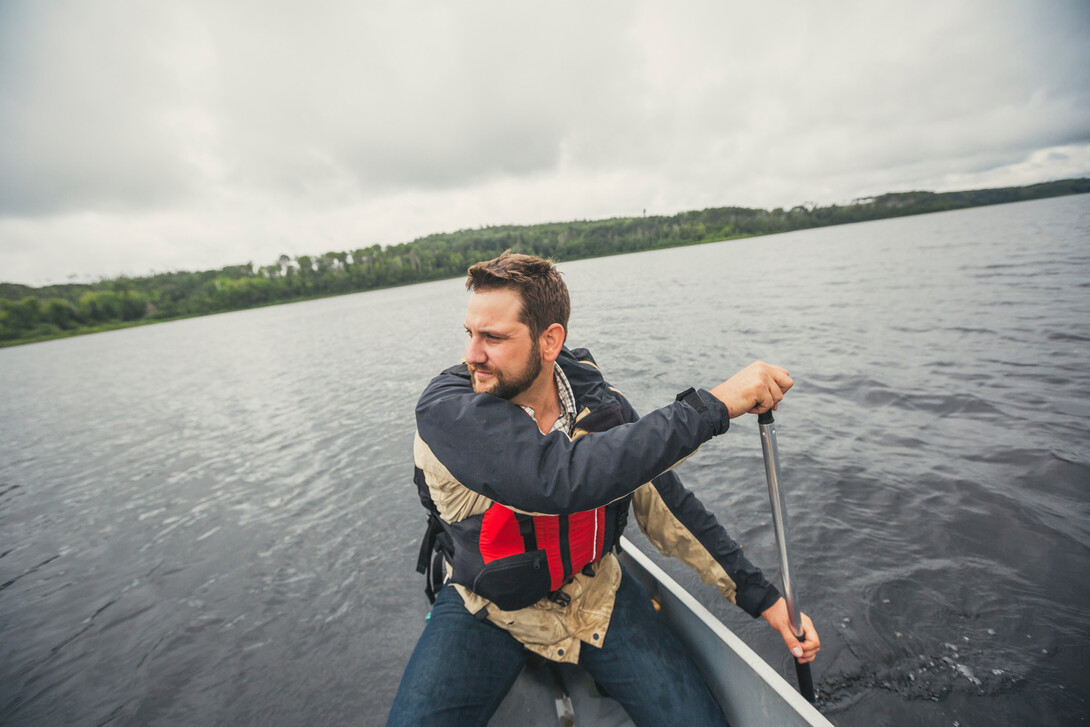
Editor’s note: Through Penguin Random House Canada, Backroads Bill was able to interview Roy MacGregor and ask questions about the author’s new book, Canoe Country. In one of his own books, Steer to Northern Ontario, Bill wrote extensively about the canoe and the many heritage features of Northeastern Ontario Rivers, including the Mattawa River MacGregor uses for heritage appreciation.
Sometimes we look for inanimate objects to explain our raison d'être or our very existence.
Some patriots think the canoe made Canada. The aboriginals needed it to survive. No canoe, no exploration or fur trade, no commerce or settlement. David Thompson would never have mapped Canada. No works of art by the Group of Seven. How would we get away to the back waters anyway?
It is almost time to turn the canoe (and kayak) over, not for the next portage but away until the next time. Maybe it’s time to begin a Christmas book buying list. At the top should be Roy MacGregor’s Canoe Country. It is his 50th book, and it showcases the canoe and its derivatives as an icon. Maybe that’s why we have so many of them in our backyards? A wise man once told me, “You can never have enough boats!”
It is the national storyteller’s next journey to demonstrate more than canoe strokes, to explain his affection for this country’s “first and still favourite means for getting around.” MacGregor asks us to think of the canoe as “neither artifact nor symbol, but… one of the great Canadian characters.”
Drawing on MacGregor's own decades spent whenever possible with a paddle in his hand, it features the Mattawa River in Chapter Four and many references to Grey Owl’s Northeastern Ontario wilderness beginning. Canoe Country is a story of high adventure on white water to nature’s quietest corners; moments we can appreciate and relate to. He is the author best able (and very eager) to explain the canoe and its rightful place next to the maple leaf. And just as in the classic movie Casablanca, when Captain Renault (Claude Rains) says to his constables with Rick (Humphrey Bogart) close by, “Round up the usual suspects,” the chapters contain a “who’s who” in our canoeing society.
These include Bill Mason, Garnet Wolseley, Anahareo and Archie Belaney, Blair Fraser, Esther Keyser, Tom Thomson, Frances Anne Hopkins, Fannie Case and Pierre Trudeau. Like some canoe routes, some of these figures are more well-known than others. There is the photo of a very young Justin Trudeau, now our 23rd Prime Minister, fulfilling his rite of passage, shooting rapids with his father, then our 15th Prime Minister.
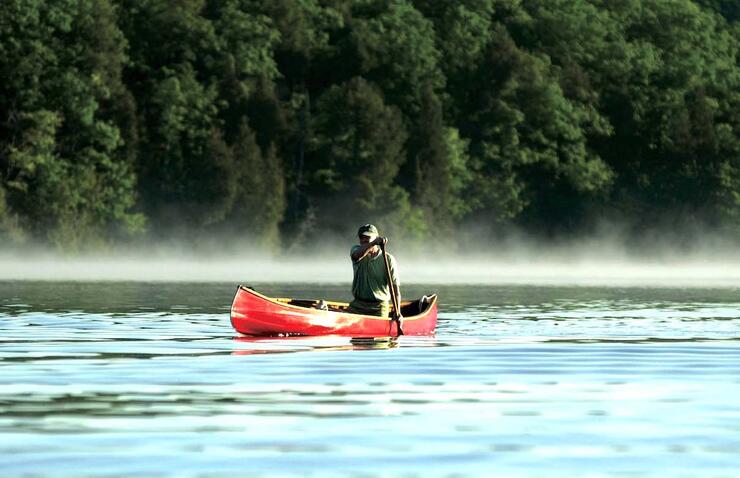
The anecdotes are not quite as many of the 30,000 canoe strokes of a day in the life of a voyageur as MacGregor describes. Many stand out like our list of canoe trips taken. The late Bill Mason, National Film Board filmmaker, said the canoe, rather than the maple leaf, should be on our flag. The artist, film-maker and adventurer made the suggestion to his friend, fellow canoe enthusiast and neighbour, Pierre Trudeau. And who knew of the ill-fated Canadian voyageur lead Nile expedition of 1884-85?
MacGregor is the acclaimed and best-selling author of Northern Light: The Enduring Mystery of Tom Thomson and the Woman Who Loved Him, The Home Team: Fathers, Sons and Hockey, and the popular Screech Owls mystery series for young readers. He was a long-time columnist for the Globe and Mail and is an officer of the Order of Canada. He has been described as one our most gifted storytellers.
The canoe’s iconic status is identified in the book’s introduction, as important as a deep, downstream “V” – in reading white water patterns, the route you want to run. This is a book you will want to read, canoeist or not. A 2007 contest within the CBC’s Sounds Like Canada program asked listeners for a national list of wonders. From more than a million votes, a panel of three, including MacGregor, had to decide on seven. There was much debate and consternation. “One, however, struck me as being easiest of all to dispense with,” writes McGregor. “It had, after all, no actual location and it was becoming obvious that geographical correctness was going to have a say. And yet it struck me that his homeless nomination might, in many other ways, be most symbolic of all for Canada and Canadian history. It alone covered both history and geography and was, to me, the greatest wonder of a wonderful country. The Canoe.” When the results were announced on The National by Peter Mansbridge, “…photographs of the seven went up on a screen behind him. And the first to be declared one of the Seven Wonders of Canada…the canoe.”
Many Canadian heroes have suggested the canoe could have been the national icon on our flag. MacGregor ends off the chapter with: “If the canoe is not on the Canadian flag, it is most certainly to be found in the Canadian imagination.” A good segue to a Canadian Heritage River we really know in our backyard.
Featuring Mattawa
Some places have more history than others. Some of these places need a river guide because if you walk by, you miss the significance of the past. Roy MacGregor does this throughout and with the Mattawa River chapter.
He begins with: “For a sense of what this country was like for the original voyageurs, paddle the Mattawa River…The point is that here you can get a small sense of what life on a Canadian river was once like. Forget the odd cottage and the outboard motors on certain stretches, ignore the ultralight camping equipment and vacuum-packed dried foods we carry and let your imagination drift back centuries to a time before… Deep Woods Off.” This is what the Mattawa is good for.
He highlights his time at the Talon Chutes. “It was the Talon Portage where I witnessed, first-hand, what difficult terrain and overexertion can do to someone on an ostensibly relaxing canoe trip. We had our minds set on a campsite a few hours downstream – lovely spot with a small waterfall chuckling behind a flat sand beach perfect for pitching tents. (He has described Elm Point a destination camp site to be appreciated.) MacGregor goes on to explain the trials and tribulations of a passing by canoeist on the portage. “I was slowly making my way up the rocky, craggy, difficult trail—think of the Rocky Mountains as a playground structure—when from behind came a heavy-breathing sweating man with a rented canoe on shoulders and a large pack worn in reverse that way you might carry a baby, so that its weight would be balanced forward off his stomach. He seemed desperate to pass and I was happy to oblige, having stepped to the side in order to rest our canoe on a rock while I caught my breath. His was uncatchable.
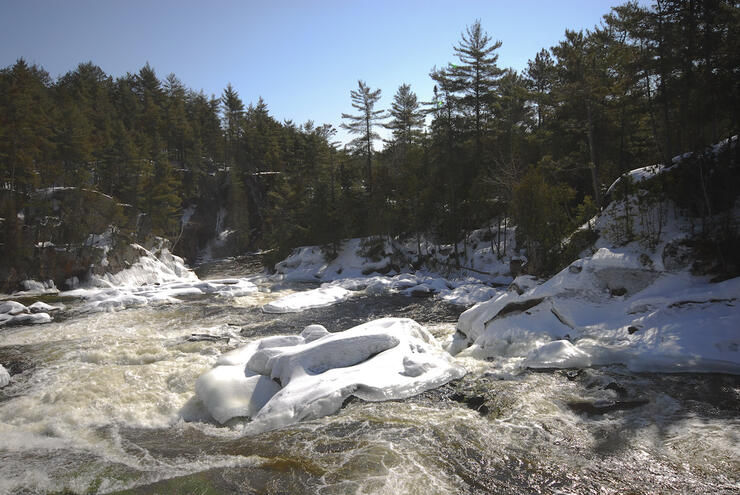
“…I stood watching , as he raised his back straight to see where the next rise was, and was still watching as, in super slow motion, the canoe tipped up, up, up and over, falling straight back over his head and crashing down the rocks to below, where it came to rest in a hawthorn bush...Seeing that man struggle so foolishly up the high rocks at Talon Portage made me think of all those voyageurs who would have passed through exactly the same path, carrying in both directions.” A good narrative of what—and what not—to do there.
The Talon Chutes truly reflects a number of events in the natural and cultural heritage of Canada. It is more than a picturesque waterfall. It has segments of heritage worth appreciating as you walk the portage back in time and forward to the present, he takes us there.
MacGregors’s Talon Chutes – Snowshoe
Why wait for open water, if you want to visit one of Roy’s favourite backdrops, you can do it by walking or snowshoeing in.
On foot, you will be starting on Highway 17, the Trans Canada Highway. The starting location is just east of the Columbia Forest veneer mill. At the highway, at WGS 84 N46 16.058 W79 00.661 or UTM 17 T 653266 5125707 you will see the gate leading to the extensive aggregate pit. These gravel ridges are actually glacial moraines a reminder that all the Great Lakes once drained through this outlet, before the land rebounded and created a height of land separating Lake Huron from the Ottawa River. Don’t block the entrance to the pit and do not park here. Park at the entrance to the mill. The walking trail is the trail to the right or east of the pit entrance, it has a mound of dirt as the marker. You can see the road/trail on the map. The trail to the Talon Chutes is approximately a 30-minute walk or snowshoe. It is flat and at the beginning runs towards the NNE (you will come into contact with the back end excavation of the pit and you will have to walk around the edge of the pit) and then the trail veers northwards and then to the NNW. The former logging and mine road then takes a right turn and drops down the former glacial river shoreline to the chutes. You will be located at the western end or upstream end of the portage. You will see the control dam at this end and the beginning of the portage the author has aptly described.
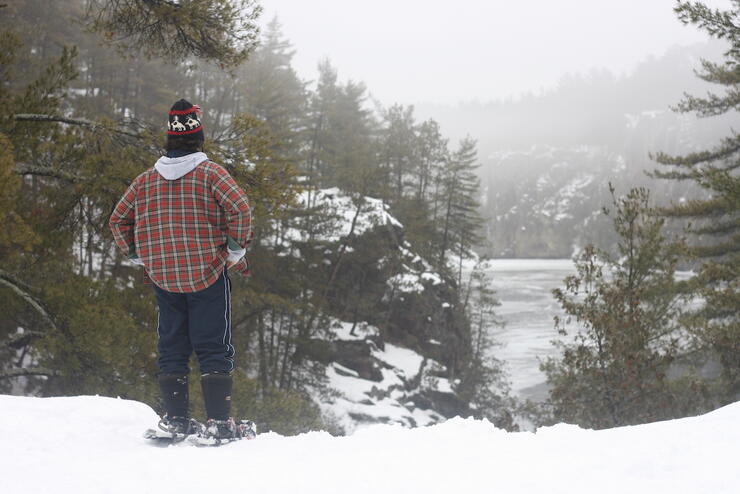
It’s a list. There were countless natives, missionaries, explorers, trappers, geologists and surveyors, loggers and pioneers who paddled to and walked this portage. You are truly walking in the footsteps of Canadian heritage. If the many lives within our early Canadian heritage are to be appreciated, it must be in terms of hardship, romance and survival. A visit to the Talon Chutes is one of those locations where we will make a link with the past. MacGregor has captured this heritage appreciation.
When we turn the canoe (and kayak) over and put it on the saw horses, securely covered, we are putting away three seasons of adventures in Northeastern Ontario. It is a shame to cover up the little red canoe. It is not a mild lament we have but a passionate expression of our experiences; it gives us time look forward and plan for the next season of renewal. Canoe Country is a celebration of our feelings and emotions about a “thing,” our favourite means of getting around. MacGregor writes, “Once used to explore the land, the canoe is now used to explore ourselves.” Put away the paddles reluctantly, and find this iconic book.
Recommended Articles
The Seven's Best Hikes, Biking Trails and Lakes

7 Best Spots to Check Out in The Seven

Budget Bliss: Explore Northeastern Ontario Without Breaking the Bank

Bring Your Fam!

Time to Unwind: 6 Spa Havens to Discover In The Seven
5 Amazing Places to SUP in Northeastern Ontario

5 Amazing Bike Rides to Discover

Northern Lights in Northeastern Ontario

Northeastern Ontario's Best Pride Festivals

Fish for one of the World's Rarest Species of Trout

An Insider's Guide to Manitoulin Island

6 Small-Town Gems to Explore in Northeastern Ontario

11 Best Things to Do in Kapuskasing, Ontario

